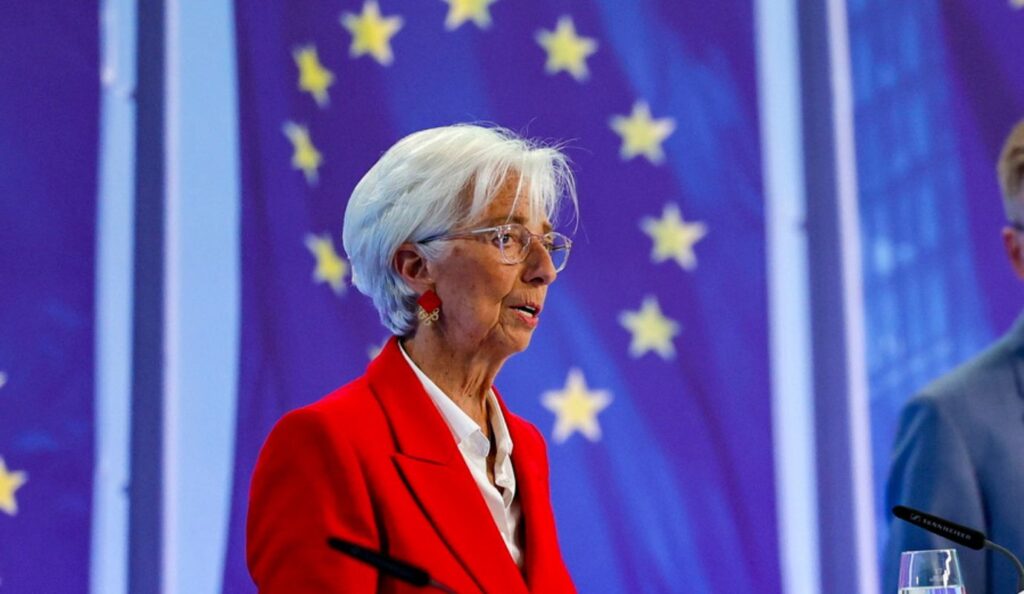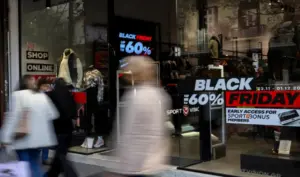The European Central Bank is expected to keep interest rates unchanged at next Thursday’s meeting, following eight consecutive cuts. The question remains whether the monetary policy easing cycle has been completed or if there’s room for another reduction before year-end.
Read: Bloomberg survey: ECB may end QE in December – How markets will react (Charts)
ECB President Christine Lagarde had already hinted at a possible pause in rate cuts at the June meeting, stating that the Bank is well-positioned to address existing uncertainties.
A major uncertainty for the ECB is the outcome of tariff negotiations. The threat by US President Donald Trump to increase tariffs on European Union products to 30% from August 1st unless a trade deal is reached by then maintains and potentially escalates this uncertainty. However, it doesn’t appear this will change ECB officials’ stance, and thus the deposit rate will remain at 2%.
Last week, Bundesbank President Joachim Nagel stated that “what’s needed now is a steady policy,” emphasizing that the impact of trade wars and the geopolitical environment on eurozone inflation is “extremely uncertain.”
Eurozone inflation has declined to the 2% target. The dramatic increase in the cost of money – the ECB raised interest rates by 4.25 percentage points during 2022-2023 and kept them steady until mid-2024 – combined with the energy crisis led to anemic growth rates in the eurozone and demand restraint, which slowed inflation. The euro’s 12% appreciation against the dollar since the beginning of the year, due to investors fleeing US assets after Trump’s trade war, also contributed to lower inflation, as did declining oil prices.
ECB services projected in June that inflation will remain near the 2% target through 2027. Their adverse scenario – a rise in US tariffs from today’s 10% to 20% – would lead to even lower inflation at 1.5% in 2025 and 1.8% in 2026 compared to the baseline scenario where tariffs would remain at 10%. Under the baseline scenario, inflation would be 1.6% this year and 2% in 2027.
Trump’s warning of 30% tariffs is considered more of a negotiating threat than a realistic development, although many believe Trump could implement his threat. However, it would be difficult to imagine the EU agreeing to such a high rate and proceeding with a trade agreement. More likely is either an agreement with lower tariffs or no agreement at all, with the European Commission proceeding to impose tariffs on US products, for which it has made preparations.
In case of a trade agreement, the chances of another interest rate cut in coming months appear evenly split, and such a decision would be made if inflation falls sufficiently below 2%. Should no agreement be reached, the probability of further rate cuts would be higher to address the risk of renewed economic slowdown or recession.




